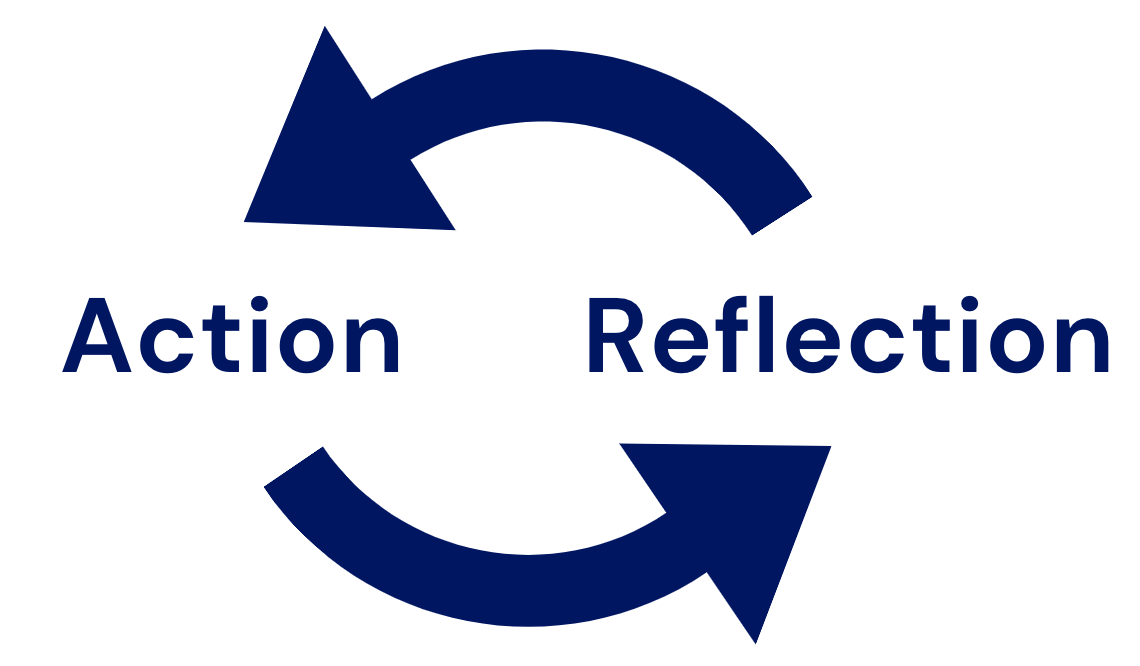Mastering Tough Feedback (Part 2): How to customise your feedback style for maximum impact
How to customise your feedback style for maximum impact.
Last week, in the first part of this leadership mini series, we delved into how your personal leadership style influences the way you give feedback.
Today, in the second part, we’ll explore strategies to adapt your feedback style to better suit the preferences of others.
Because feedback is not a one-way street, and understanding both yourself and those around you is essential.
Gone are the days when team members were expected to adapt to their leaders. The tables have turned, and the shoe is now firmly on the other foot.
Today, it is leaders who must demonstrate adaptability to get the most out of their teams.
And that couldn’t be more true when it comes to giving tough feedback.
During one of our initial coaching sessions, Nicky, a newly transitioned remote leader, shared an insightful experience that emphasises the importance of adaptability in communication - and feedback giving.
Nicky had provided explicit feedback on the content of a draft presentation to one of her senior managers. But instead of receiving a positive response, she faced resistance.
Nicky explained:
“He thinks I don’t care about the data and detail. The thing is, I do. But this is a Board presentation on our future comms strategy. The detail behind the strategy is crucial, but he’s not appreciating the Board want recommendations on strategic direction underpinned by data, not the other way around. I’ve explained it to him more times than I can count and he’s just not getting it”.
Have you, like Nicky, ever wondered why it’s easy to give feedback and direction to some people and so much more challenging with others?
And why some of your team just ‘get it’ and others seem like they’re operating in a different language altogether?
The challenge is that as a leader unless you’re managing a team of robots, you’ll be working with people who are different to you, who value different things, and communicate differently.
Unfortunately the one bit of advice that many of us grow up with and defer to ‘treat others how you’d like to be treated’ is the worst advice when it comes to communicating with those you lead.
Yet in the heat of the moment, most busy leaders default to their natural style and presume that the way they would best receive a tough message is the way that others would too.
But if you want action to be taken as a result of your feedback, you need the message to be understood, accepted and owned by the receiver.
And that means delivering it effectively for them, not for you.
To be an effective feedback giver, you must be able to flex the way you give feedback.
Below are four tools to help you do just that.
Meantime if you haven’t already subscribed, hit the button below to receive the next issue straight to your inbox.
Think: Like many things in leadership, giving feedback isn’t a one-time mastered skill.
No matter how much you hone your ability to construct tough messages, there are two parties involved. You, and the person you are giving feedback to.
Knowing what motivates the individual, intrinsically, to do great work will help you position your message with them in mind.
For example; think about those you work closest with and what drives the way they work. Is it a focus on getting results, is it a love of relationship building, helping others succeed or delivering technical accuracy perhaps?
The questions each individual asks and what they prioritise will give you a clue as to what really motivates them.
Ask yourself:
What preferences and values do each of your team members have?
What do they care about, deeply?
What is similar, and what is different to you?
Focus: The best feedback is given in the moment (or as close to it as possible). And being able to adapt your style and give feedback in the language of those around you, quickly, takes practice.
Reflect on your responses to the questions above.
If there are two things that matter the most to the person you’re giving feedback to, what are they?
What do can you do more of to intentionally adapt your style to give them what they need?
How can you convey that in what you say and how you give feedback?
Enrich: The more you understand the people in your team, the more effective you can be as a leader. The good news is that there are tools that help you deepen your understanding of yourself and others, making workplace interactions more enjoyable and effective.
As a leadership coach I love facilitating Everything DiSC® with dispersed and fully remote leadership teams because it’s insightful and practical. And by exploring the preferences and tendencies of others, you accelerate relationship building providing a crucial foundation for effective feedback giving and leadership.
If you want to get a deeper insight into what makes those around you tick, give me a shout:
Learn: When you’ve had to deliver a tough message, for most leaders it can be tempting to try and put it out of your mind and move on to something more positive. Instead take two minutes (that’s all you need) to learn and hone your technique for next time.
Because this is how learning happens:
Think about how you approached the conversation, their reaction and the effectiveness, beyond the conversation. Complete these four sentences:
The way I gave feedback (words, body, feelings, energy) was….
Their reaction (words, body, feelings, energy) was…
The outcome was…
Next time I will…







